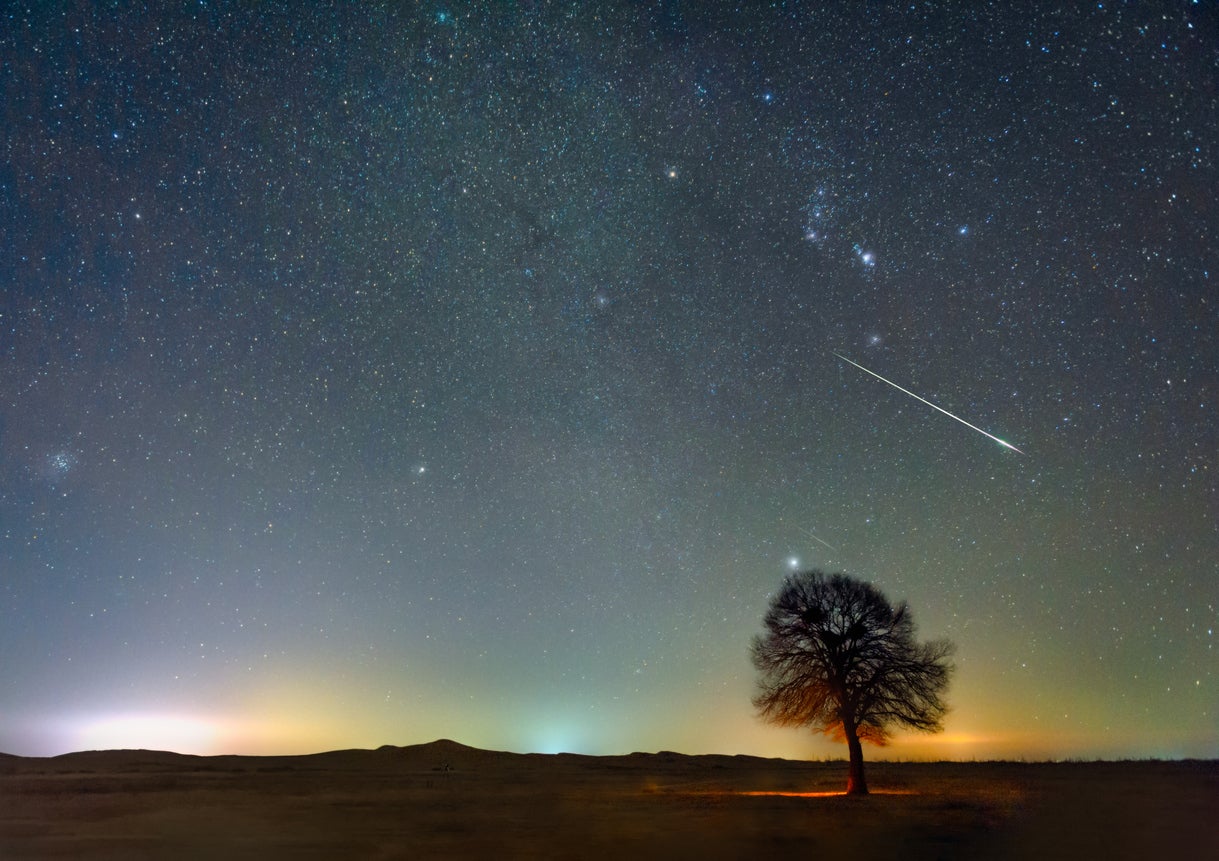Your assist helps us to inform the story
From reproductive rights to local weather change to Huge Tech, The Unbiased is on the bottom when the story is creating. Whether or not it is investigating the financials of Elon Musk’s pro-Trump PAC or producing our newest documentary, ‘The A Phrase’, which shines a lightweight on the American girls combating for reproductive rights, we all know how essential it’s to parse out the information from the messaging.
At such a essential second in US historical past, we’d like reporters on the bottom. Your donation permits us to maintain sending journalists to talk to either side of the story.
The Unbiased is trusted by People throughout the whole political spectrum. And in contrast to many different high quality information shops, we select to not lock People out of our reporting and evaluation with paywalls. We imagine high quality journalism ought to be accessible to everybody, paid for by those that can afford it.
Your assist makes all of the distinction.
The Geminids peak this Friday, making it one of many 12 months’s final probabilities to see fireballs within the sky.
The spectical is among the many few main meteor showers to return from asteroids and typically produces meteors with a distinctly extra yellow glow.
That is possible as a result of uncommon origin materials, mentioned Sally Brummel, planetarium supervisor on the College of Minnesota’s Bell Museum.
Below very best viewing circumstances, the Geminids sometimes placed on the most effective and brightest exhibits of the 12 months due to the excessive quantity of meteors seen every hour. Nevertheless, an nearly full moon this 12 months means as much as 15 meteors per hour are anticipated at peak time, in accordance with the American Meteor Society.
The moonlight “will wash out plenty of them,” Brummel mentioned.
Bulletins
- The Geminid meteor bathe, originating from an asteroid, peaks on Friday, December fifteenth.
- Regardless of sometimes being a vibrant show, this 12 months’s bathe might be impacted by a near-full moon, decreasing visibility to roughly 15 meteors per hour.
- The Geminids are recognized for his or her yellowish glow. Viewing alternatives proceed till December twenty first.
- Meteor showers are seen with out particular tools.
Viewing lasts till Dec. 21.
A number of meteor showers happen yearly and also you don’t want particular tools to see them.

Most meteor showers originate from the particles of comets, however a number of — together with the Geminids — outcome from the particles of asteroids. The Geminids come from the sun-orbiting asteroid 3200 Phaethon.
When rocks from area enter Earth’s ambiance, the resistance from the air makes them highly regarded. This causes the air to glow round them and briefly leaves a fiery tail behind them — the tip of a “capturing star.”

The glowing pockets of air round fast-moving area rocks, starting from the scale of a mud particle to a boulder, could also be seen within the night time sky.
The rocky nature of asteroid particles makes the Geminids particularly more likely to produce fireballs, mentioned NASA’s William Cooke. “These are fairly powerful rocks that may penetrate deep into the ambiance,” he mentioned.
How one can watch a meteor bathe
Meteor showers are normally most seen between midnight and predawn hours.
It’s simpler to see capturing stars below darkish skies, away from metropolis lights. Meteor showers additionally seem brightest on cloudless nights when the moon wanes smallest.
And your eyes will higher tailored to seeing meteors in the event you aren’t checking your cellphone.
The subsequent meteor bathe, the Ursids, will peak on Dec. 22.
#Geminids #meteor #bathe #probability #asteroid #spectacular #12 months
The Unbiased
#Geminids #meteor #bathe #probability #asteroid #spectacular #12 months
Christina Larson , 2024-12-11 15:39:00

